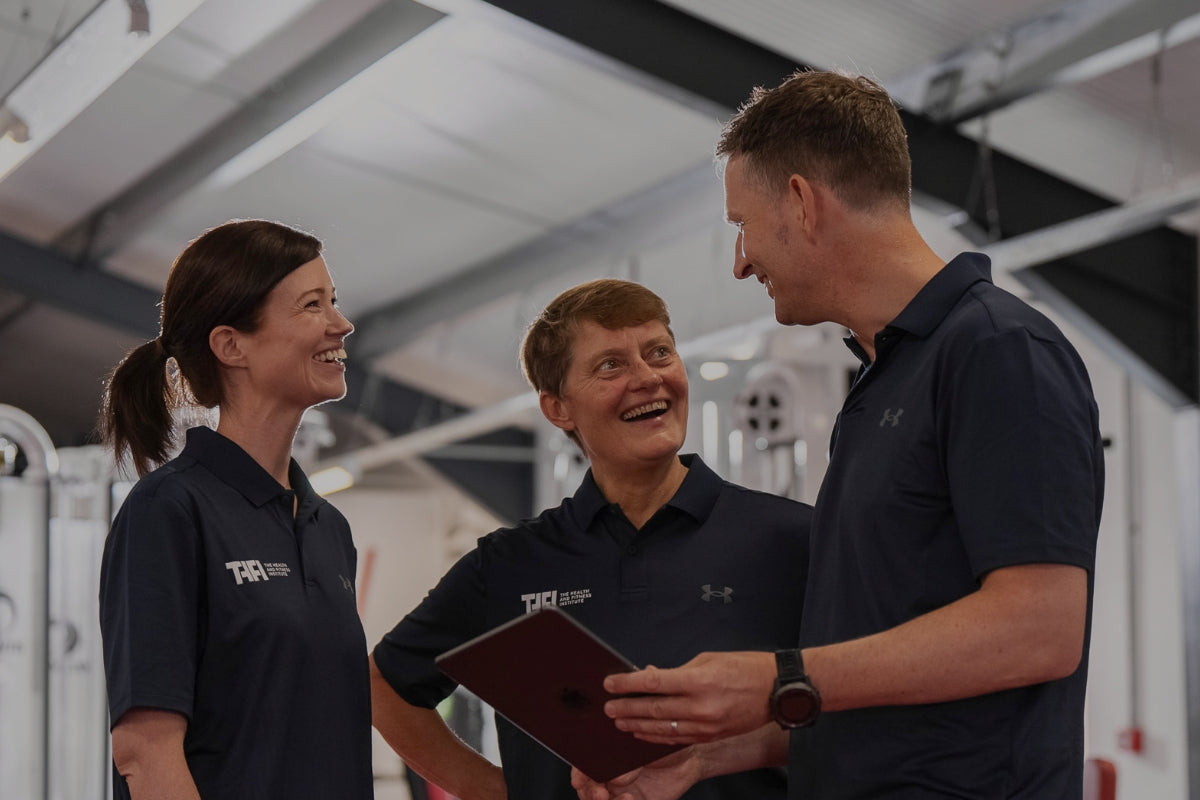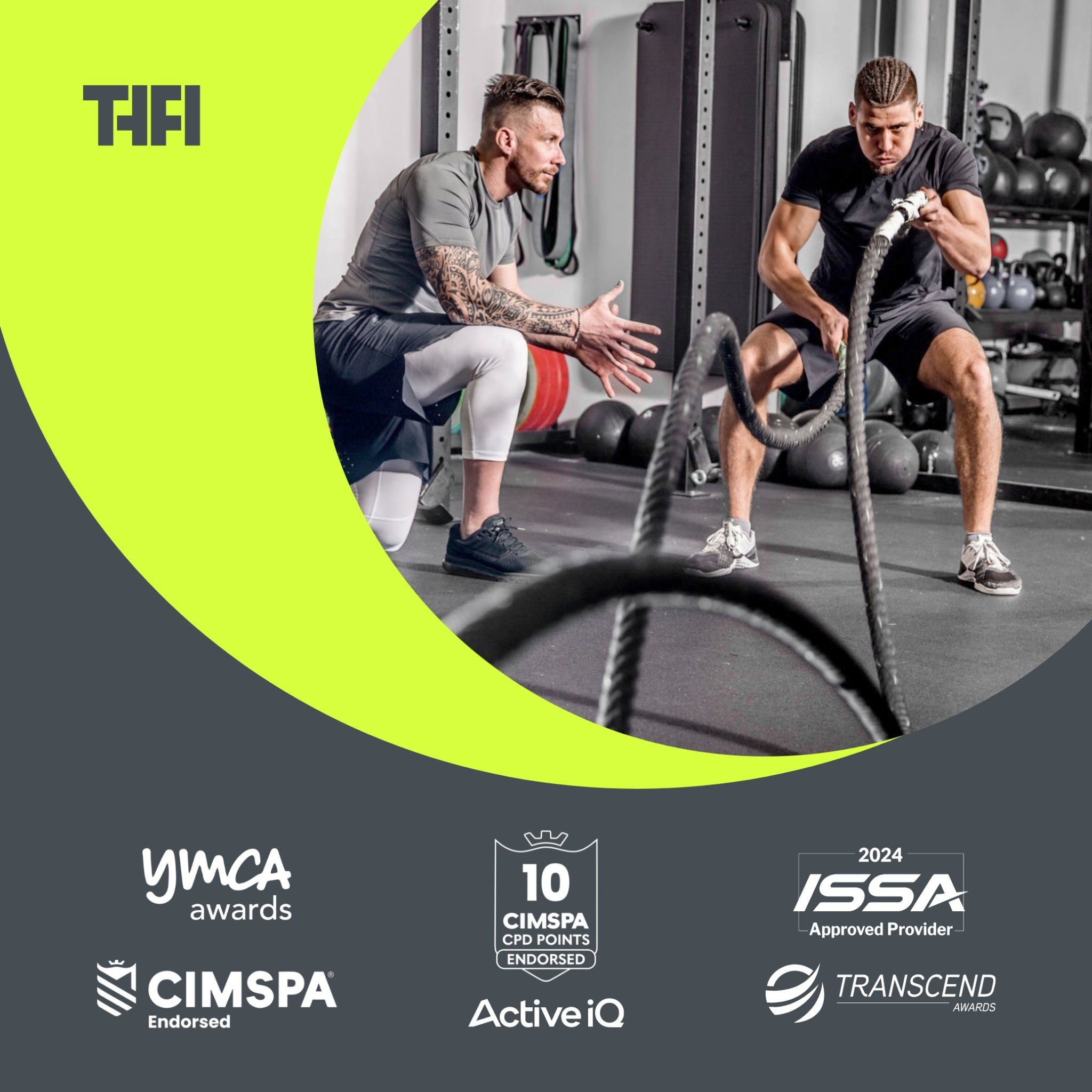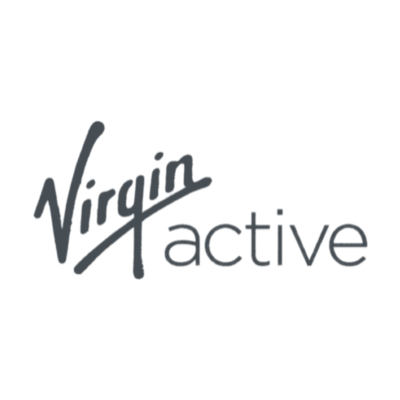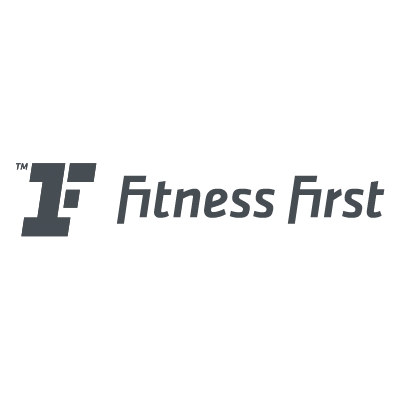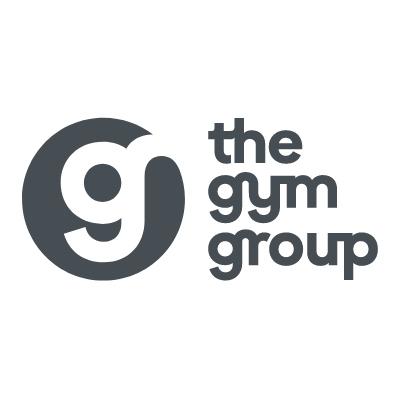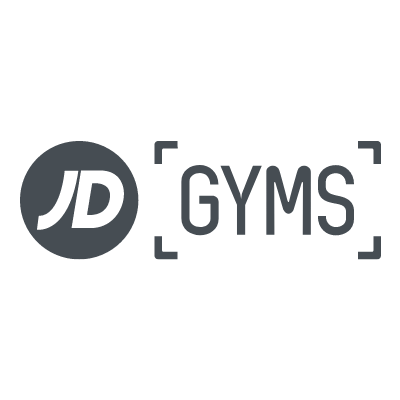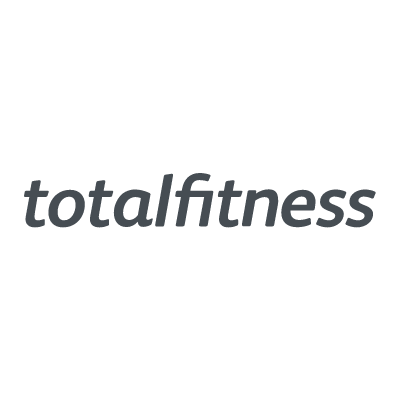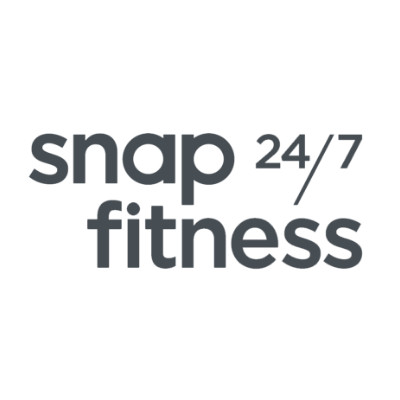5 Ways To Boost Your Productivity as a Personal Trainer
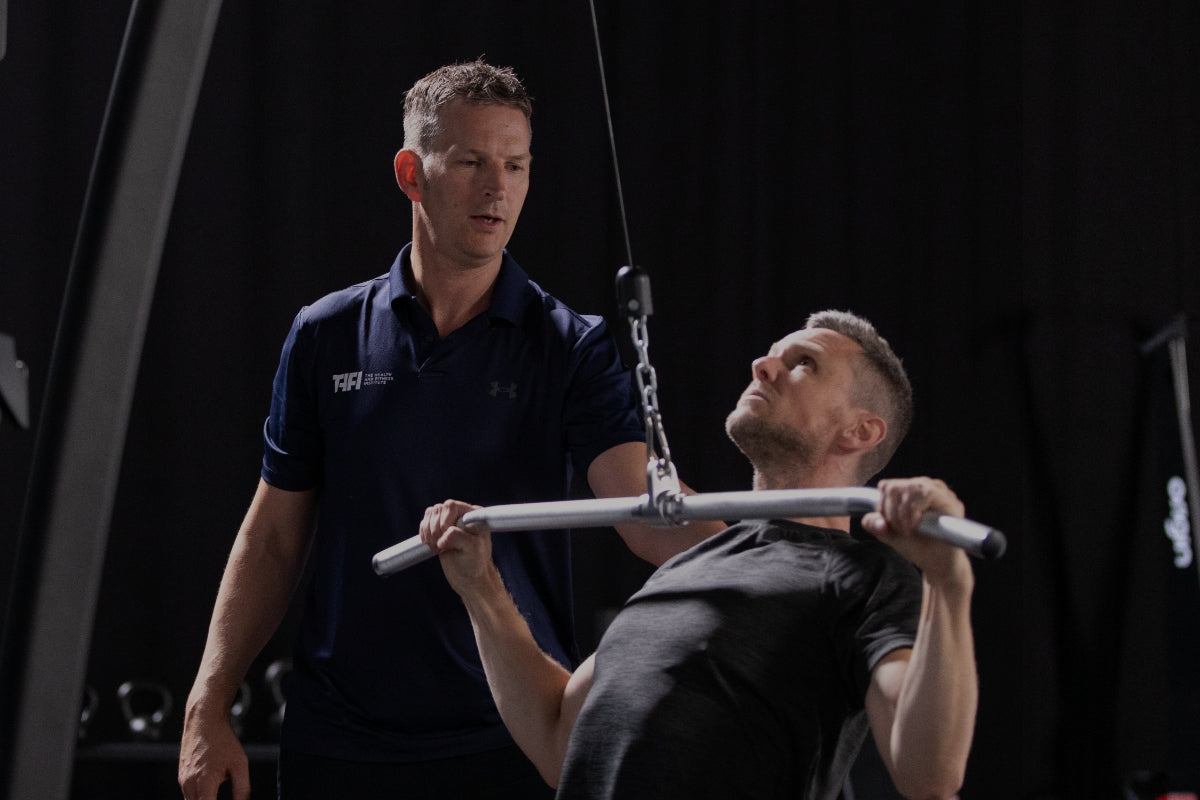
Maximise your time and boost your productivity with these 5 game-changing tips
Ever wondered how the highest-earning personal trainers keep themselves productive and motivated?
Or how they plan their day, prepare their sessions, and keep producing phenomenal client results 365 days a year?
There are a handful of successful habits the top 1% of trainers run on autopilot – and you can learn them too.
This article gives you five steps to help you plan your time effectively and skyrocket your productivity, so you’re best prepared to help your clients get the results they want.
But it’s more than that…
When you put these gems of advice into action, you’ll have more time for social activities, relationships, and everything else you’re passionate about away from the gym floor.
Write down your day
If you find yourself thinking about 1000 different tasks you’ve got to get through as soon as you wake up, there’s a simple solution. A simple solution which works incredibly well. Noting down everything you need to get done down on a whiteboard (or on a piece of paper) is a great way of getting on top of your workload.
Why? Because having your to-do list written down brings everything into one place. In fact, we’d advise keeping this whiteboard or piece of paper next to you every day, so it’s a constant reminder of everything you need to do. Clear it before you go to bed – and the following morning – start your to-do list again. It’s then up to you to allocate the time to get the jobs done. Which leads us nicely on to the next point…
Create a structure that works for you
Don't let your day run you – take charge with diary management and planning. The secret to productivity is pre-planning. Structure your day in advance and have an idea in your head of what tomorrow should look like. It means you can wake up with purpose. Think about allocating time for essential tasks. Whether it's 30 minutes of studying or exercise, these small steps add up to big results. If you give your day a structure and you organise what you are doing the day before, you are more likely to stick with it, particularly if it is written down. The main takeaway here: don’t be reactive. Be proactive.
Find your ‘peak’ productivity hours
Work out your peak productivity hours and make them count. If you're a morning person, tackle your most critical tasks early. Identify your distractions (social media, anyone?) and set boundaries. Use timers, turn off notifications, and create a distraction-free work environment. Schedule breaks, exercise, and lunch to maintain focus and energy. If you set your environment up right, you set yourself up for success. So, make sure you're scheduling in your breaks, time for exercise, time to eat well, or even a walk outside if you need it.
Simplify your day
It’s common knowledge that high-flying CEOs delegate many of the ‘smaller’ decisions to stay sharp for the big ones. Personal trainers can learn a lot from that. Simplify your life to combat decision fatigue. Automate your shopping with repeat orders. Plan meals, and lay out your clothes in advance. Reduce daily choices so you can focus on what truly matters – your career and improving yourself as a personal trainer in every way possible.
So, as we mentioned, planning meals is a great example of this. Think about batch cooking a week’s worth of your food on a Sunday. Then, when it comes to mealtimes, you won’t have to worry about that at any point during the day. We’re not saying prepare every single meal for every single day of the week in one go (unless you want to). But, by getting ahead, it takes a lot of thinking out of your food, and it’s a simple way to avoid this ‘decision fatigue’ that we’re talking about.
Use technology – and use it well
Whether you like it or not, if used right, technology can help personal trainers in so many different ways. And we’re not talking about state-of-the-art, incredibly complicated technological tools either. So, for example, Google Mail. You can use Google Mail with labels to categorise and prioritise emails efficiently.
Try creating a colour-coded inbox system to never miss an important message again. We’d also encourage ‘streamlining’ communication by asking clients to contact you through one channel, reducing mental clutter and improving your responsiveness. Maybe it’s WhatsApp, maybe it’s Instagram. In any case – have a plan, and make sure you haven’t got stray messages on several different social media platforms that easily get lost.




